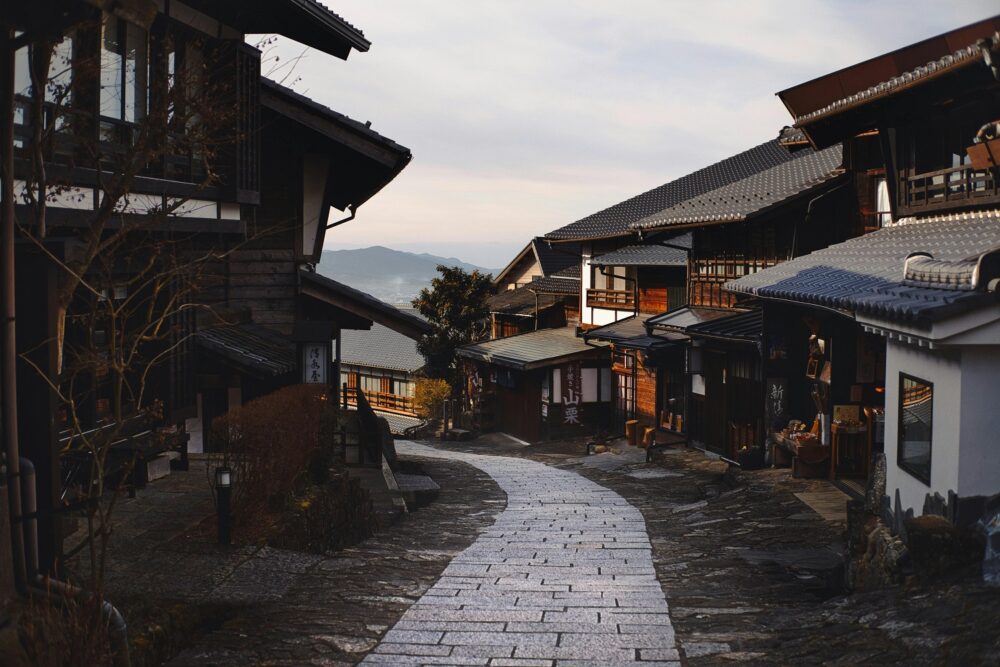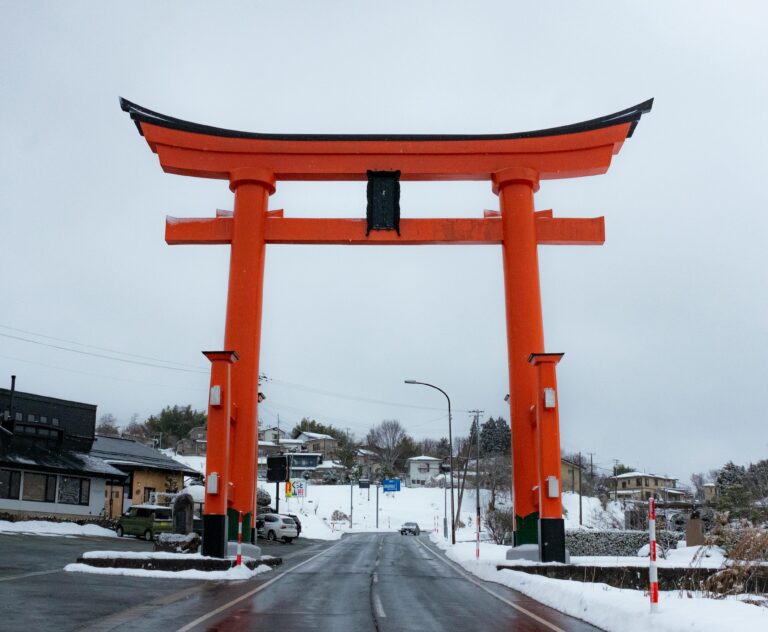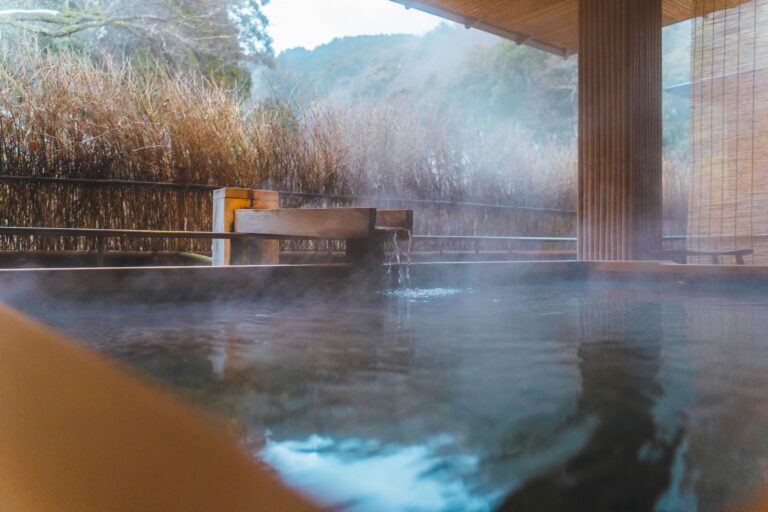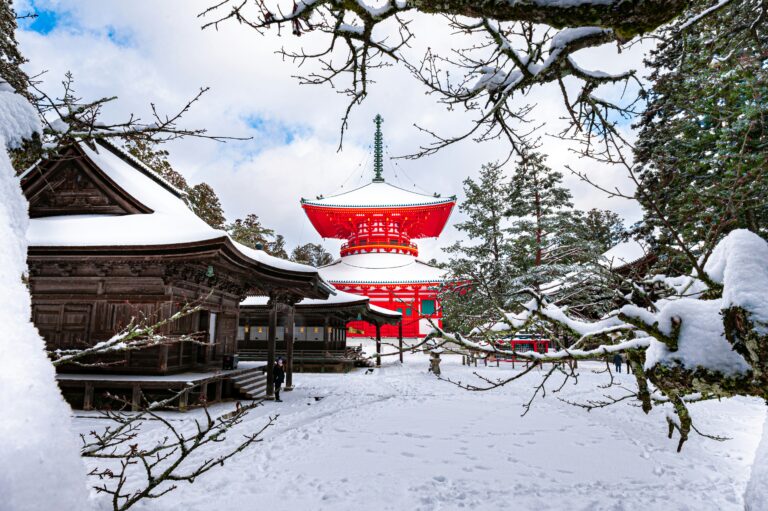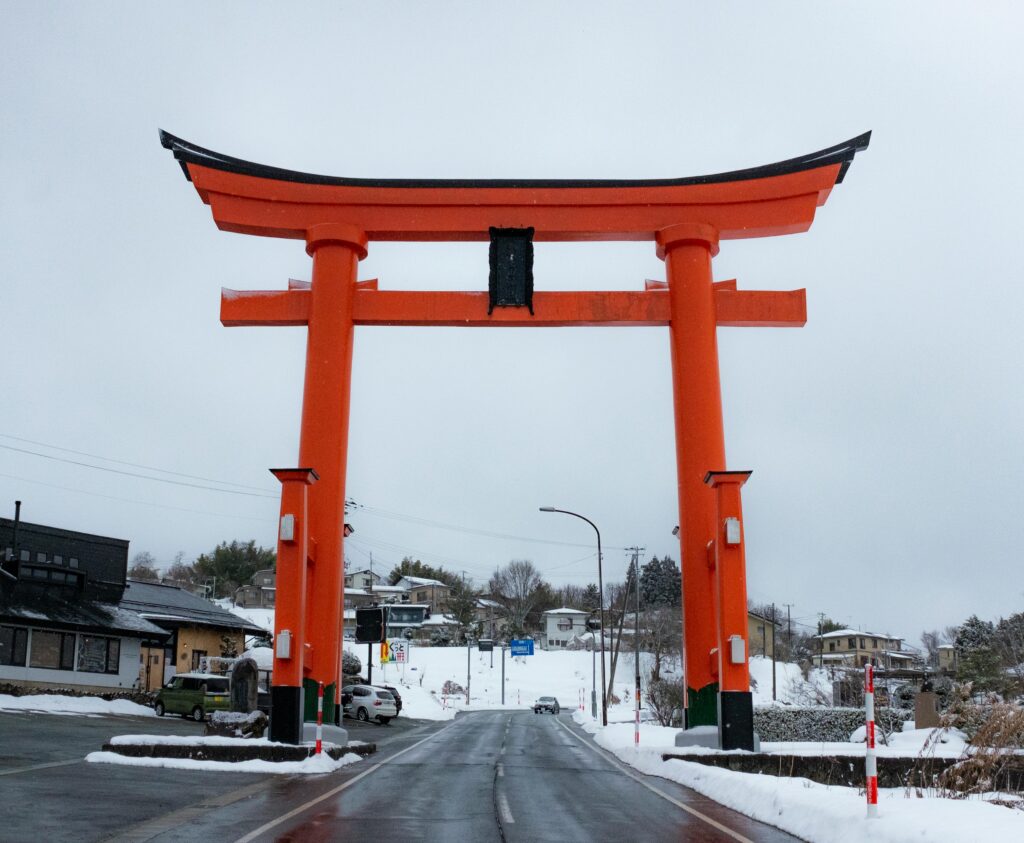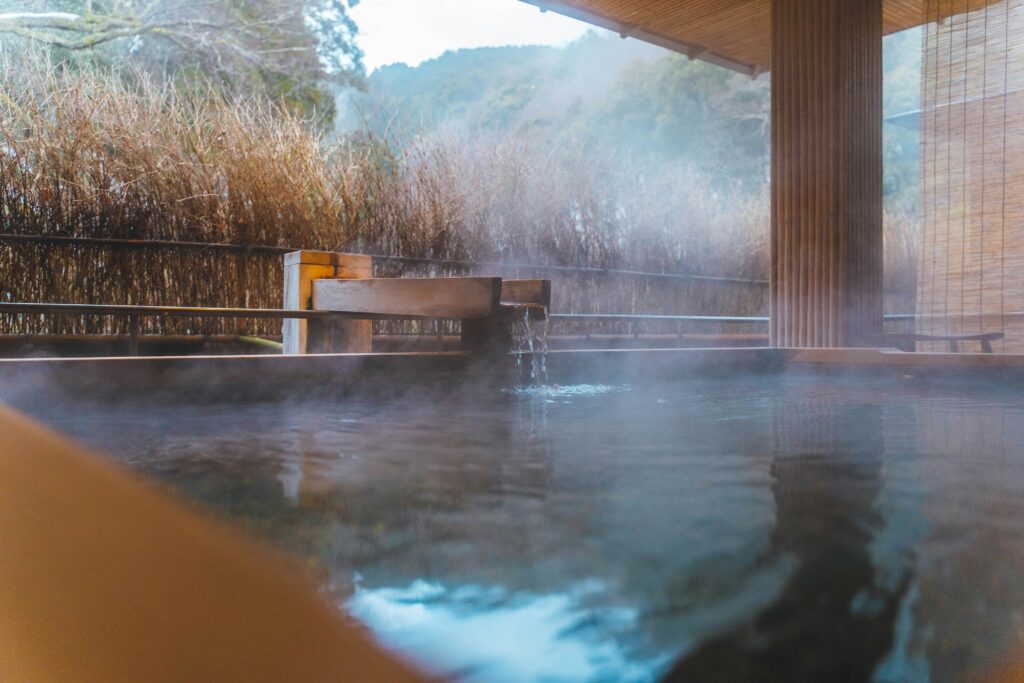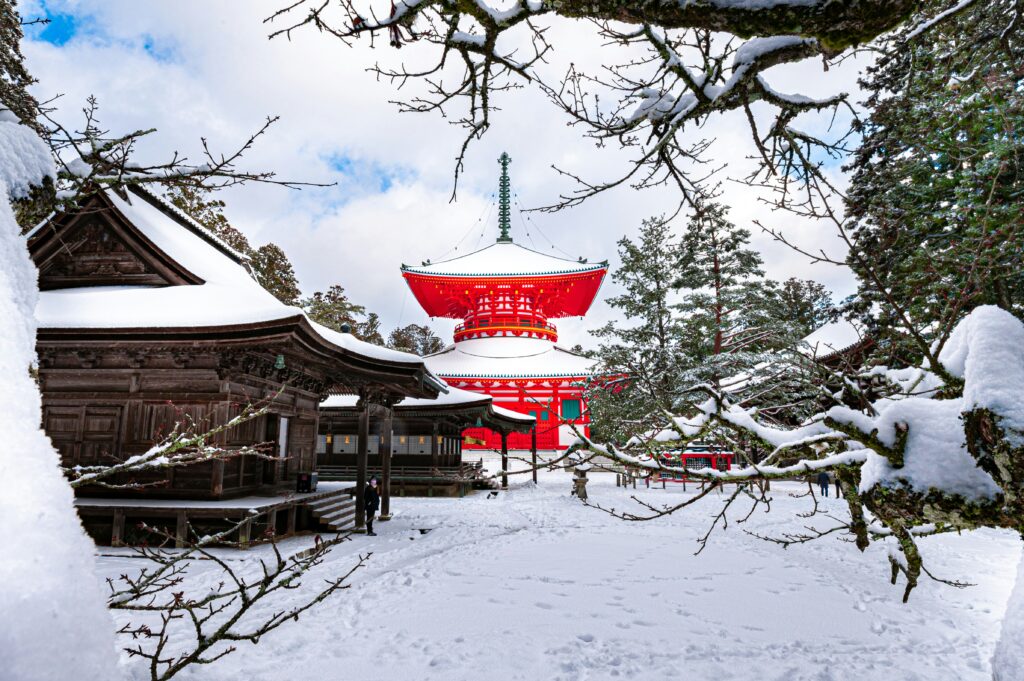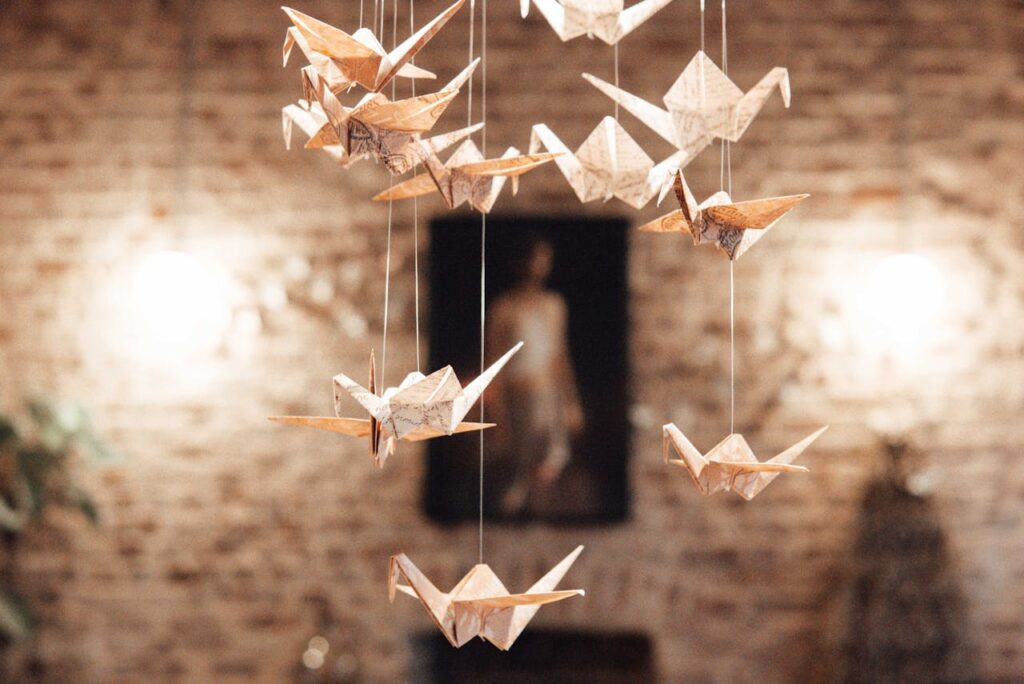Simplicity, natural textures, and spaces that feel like a breath of fresh air—these elements make up Japanese architecture. It offers a balance of calm and functionality that makes everyday life easier and more peaceful
If you’re looking to buy property, it’s worth looking into Japanese-inspired spaces with effortless style. They are thoughtfully designed to support well-being, from natural materials to flexible layouts and smart storage solutions.
This guide explains what makes Japanese architecture in the Philippines so unique and where to find homes that feature it. Whether you want minimalist beauty, connection to nature, or smart use of space, discover how these features create an exceptional living experience.
Elements of Japanese Architecture in the Philippines
You can distinguish Japanese architecture from other aesthetics based on the following features:
1. Minimalism and simplicity
Japanese architecture is famous for its minimalist style. It focuses on clean lines and open spaces and promotes minimal decorations and decluttering. This design is practical because it prioritizes function over looks, thereby creating a calm and peaceful environment.
Most modern homes in the Philippines already apply minimalism. For instance, they have open floor plans—you will find the living room, dining room, and kitchen area in the same space. Sometimes, a kitchen island or a low divider might subtly mark the boundary between these areas.
Some Filipino modern homes also have neutral color palettes and feature essential furniture like low-profile couches or wooden dining tables. Fewer furniture keeps rooms tidy and encourages a relaxed lifestyle that values quality over quantity.

Modern condos, residential buildings, and even malls in urban areas like Mandaluyong and Bonifacio Global City embrace minimalist designs that are functional and beautiful. Notable examples like The Observatory and Mitsukoshi showcase this clean, simple aesthetic beautifully.
2. Natural materials and connection to nature
Many homes and buildings in Japan feature wood, stone, and bamboo furnishings. Why? Nature plays a big role in Japanese culture for the following reasons:
- Cultural harmony – Japanese architecture comes from the belief that homes should blend with the environment instead of standing out. Using natural elements makes spaces feel more connected to the outdoors.
- Historical practices – Traditional Japanese architecture harmonizes indoor and outdoor spaces, reflecting a deep connection to nature. This concept is mirrored in the Japanese word for “home,” which combines the characters for “house” and “garden.”
- Urban living – With over 90% of Japan’s population residing in urban areas, architects try to bring nature into crowded regions. They create open spaces that allow nature to be part of city life.
With the Philippines’ tropical climate, Japanese architecture is perfect for homes that are open and airy and use materials that reflect the beauty of nature.
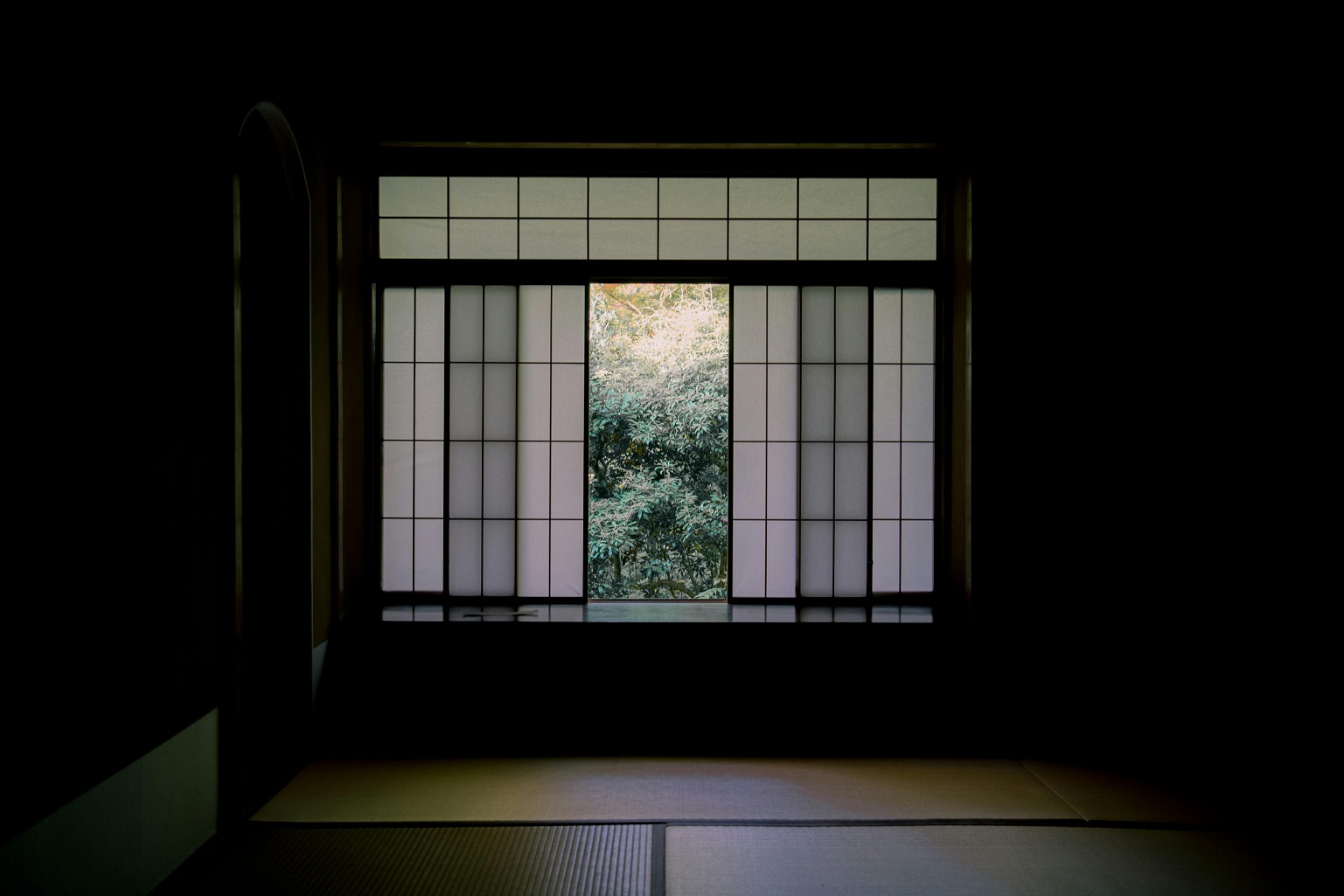
You can see this style in boutique resorts like Palawan and Siargao. They have large windows, sliding doors, and wooden elements that seamlessly blend indoor and outdoor spaces. This design allows you to enjoy the stunning natural surroundings.
3. Functional and compact design
Over 110 million people live in small houses and apartments in Japan, with average sizes around 66m². For this reason, Japanese architecture focuses on efficient use of space. Smart furniture and flexible layouts are important features that make small areas feel larger and more organized.
In Metro Manila, where space is often limited, compact living has become more popular.
For instance, small condominiums in Quezon City often use built-in furniture, movable walls, and multifunctional spaces that take inspiration from Japanese design. These smart solutions help make even the smallest homes comfortable and stylish.
4. Sustainable and eco-friendly design
Japanese architecture embodies the philosophy of Mottainai, which values resource conservation and minimizing waste. This principle shapes every stage of construction, from careful planning to repurposing materials from old structures in new projects.
For this reason, many Japanese homes and buildings use eco-friendly materials and energy-efficient solutions like solar panels, rainwater harvesting, and green roofs.
This commitment to environmental care aligns perfectly with the growing interest in sustainable living in the Philippines. Local real estate developers today are creating homes that are gentle on the planet.
For example, eco-friendly residential projects in Cavite and Laguna draw inspiration from Japanese design principles. They incorporate features like solar energy and green walls. Yume at Riverpark is a great example of this trend—it offers modern living spaces that prioritize energy efficiency and environmental friendliness.
5. Amenities for well-being
In Japan, a home is more than just a roof over your head; it is a place to relax and enjoy life. Japanese architecture emphasizes spaces that support well-being and harmony. Fortunately, many residential projects in the Philippines now also integrate wellness-focused features.
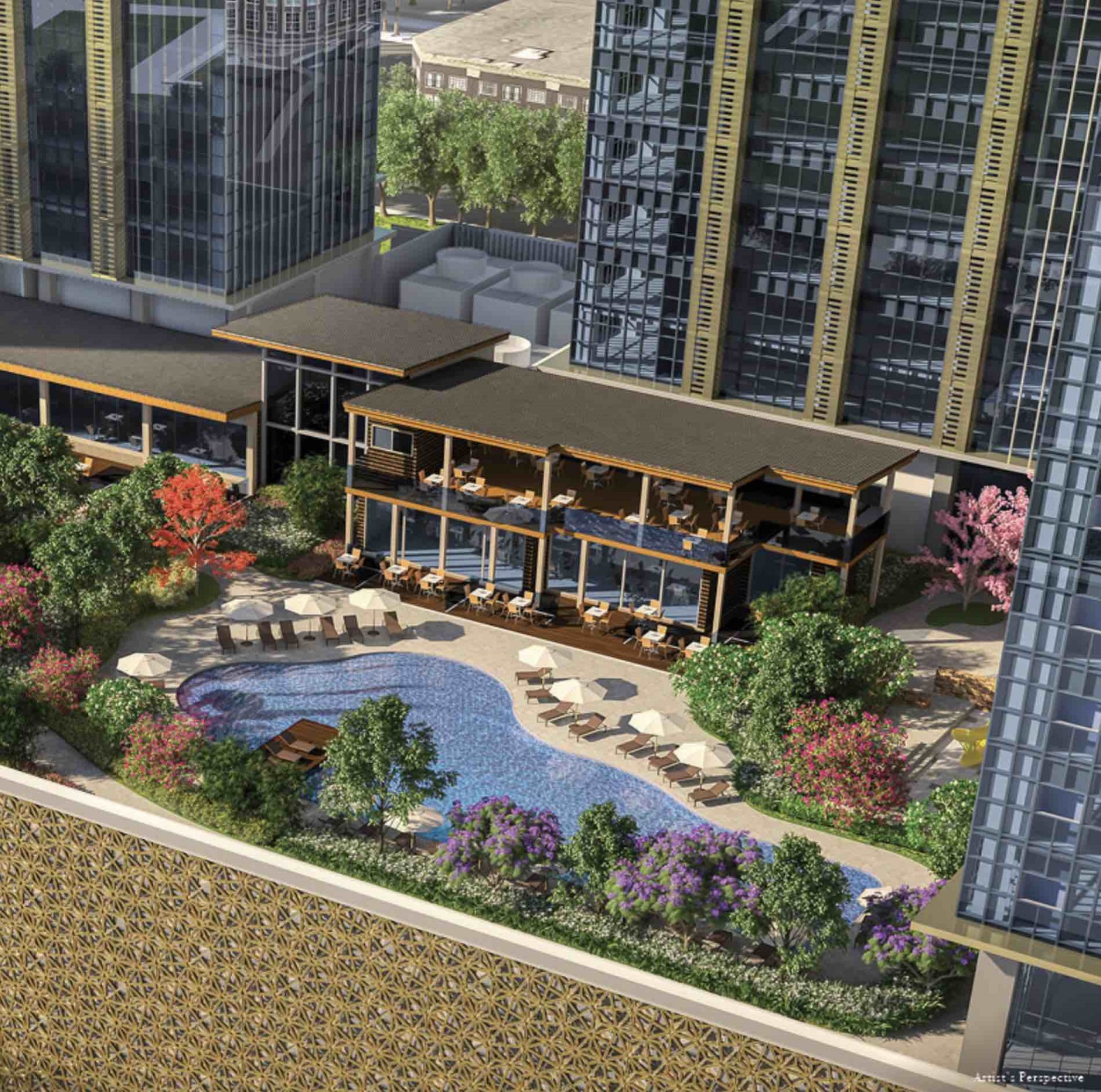
Some condos have Zen gardens, fitness areas, and tranquil lounges to encourage residents to lead balanced lives while living in the city. Meanwhile, subdivisions offer clubhouses for social gatherings and basketball or tennis courts for physical activity.
6. Cultural integration
A hallmark of Japanese architecture is its focus on integrating local context and cultural heritage into design elements. This approach fosters a deeper connection between buildings and their surroundings to make spaces feel more inviting and familiar.
Some Filipino architects skillfully integrate Japanese design principles with Filipino cultural elements, resulting in unique structures that celebrate both heritages. For instance, traditional banig mat weave patterns are reflected in architectural designs and furniture, blending cultural heritage with modern aesthetics.
7. Use of shoji screens
Shoji screens are lightweight sliding doors made of wood and translucent paper that allow natural light to filter softly into rooms. They divide spaces without feeling heavy or closed off.
In Japanese homes, shoji screens make it easy to adjust layouts based on need. They also let in soft, natural light to create a connection to nature.
This design feature is already evident in some Philippine condos, where sliding screens separate rooms while preserving airflow, making compact areas feel more spacious. Shoji-style elements also enhance flexibility, allowing for adaptable layouts.
Examples of Japanese Architecture in the Philippines
From historic landmarks to modern developments, here are some places in the Philippines that apply Japanese design principles:
Ocampo Pagoda Mansion (Quiapo, Manila)
The Ocampo Pagoda Mansion is a prime example of Japanese-period architecture in the Philippines. This three-story structure features a seven-story tower with pagoda-like elements and is decorated with dormer gables and intricate details. It also has pyramidal red-tiled roofs and cantilevered turrets.
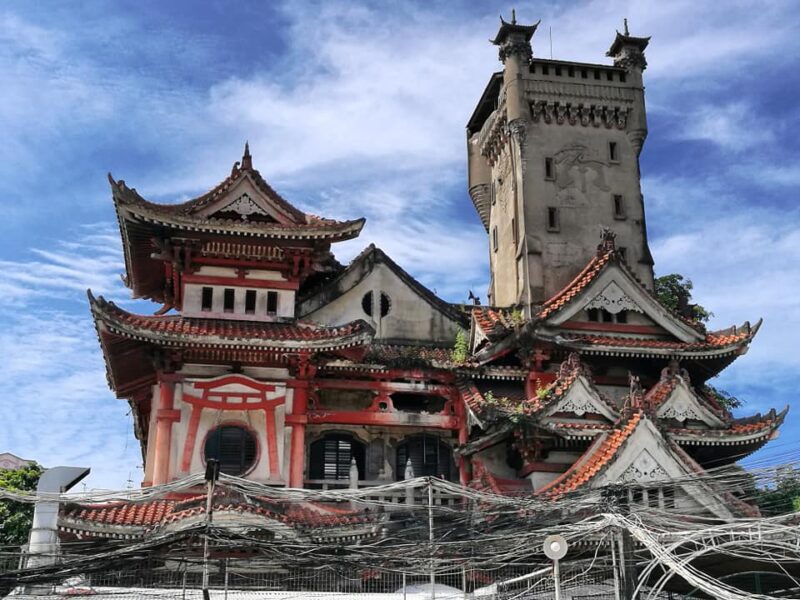
The building’s high-grade reinforced concrete proved its functional design by serving as a reliable shelter during World War II.
Commissioned by Jose Mariano Ocampo in the 1930s, the mansion shows his admiration for Japan and its impact on Philippine architecture before the war. Combining Japanese and Western architectural styles creates a unique aesthetic that tells a story of cultural exchange.
Beyond its role as a residence, the Ocampo Pagoda Mansion is a symbol of the diverse influences that define Philippine history.
Japanese Garden of Peace (Corregidor, Cavite)
Located on the historic island of Corregidor, the Japanese Garden of Peace is a public space that showcases traditional Japanese elements. It features stone lanterns, peaceful water features, and well-kept gardens.
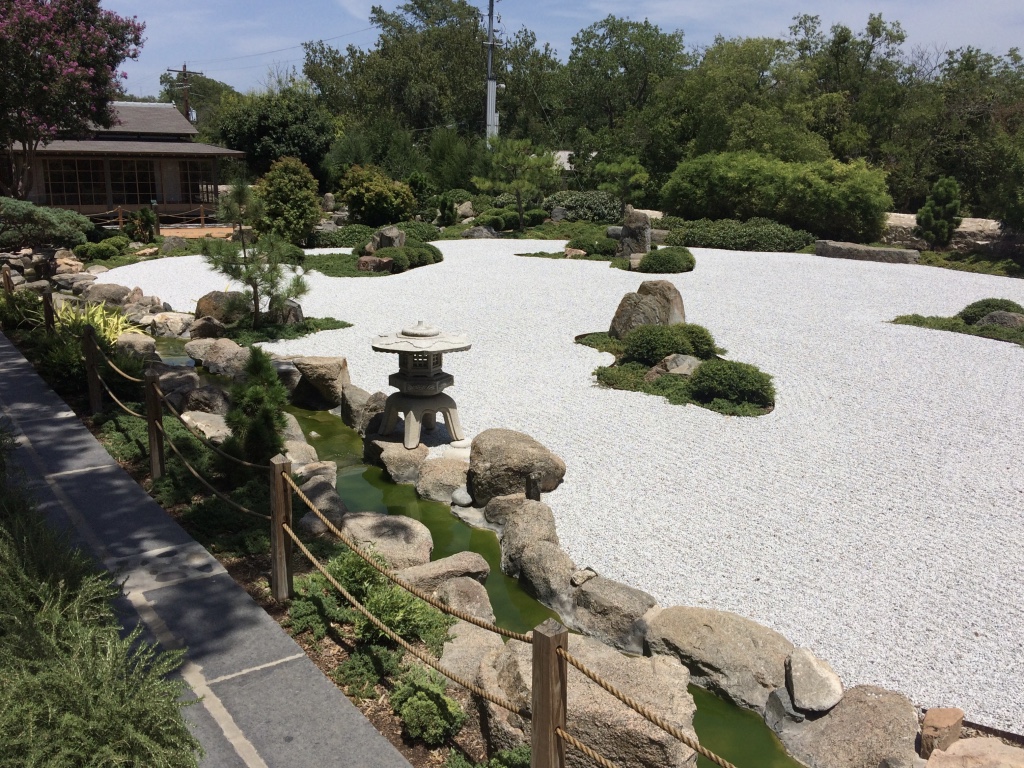
The garden is a great example of how Japanese ideas about harmony and nature can blend well in public spaces in the Philippines. It provides a peaceful retreat and encourages reflection.
The site is a historical tribute to the Filipino, American, and Japanese soldiers who lost their lives during World War II. It features grave markers with Japanese inscriptions, a prayer area, shrines, and a pavilion showcasing photographs and memorabilia.
Mintal, Davao City
Known as “Little Tokyo,” Mintal was once a thriving Japanese community before World War II. During the Commonwealth era, Japanese settlers established abaca plantations and built a community with schools, hospitals, and other facilities.
Part of this legacy includes the Ohta Kyosaburo Monument, Japanese-inscribed gravestones, and remnants of infrastructure, like the water catchment system that once supported the area’s hydroelectric plant.
Today, Mintal is a historical reminder of Japanese influence and the cultural exchange that shaped Davao City.
Modern condos inspired by Japanese minimalism
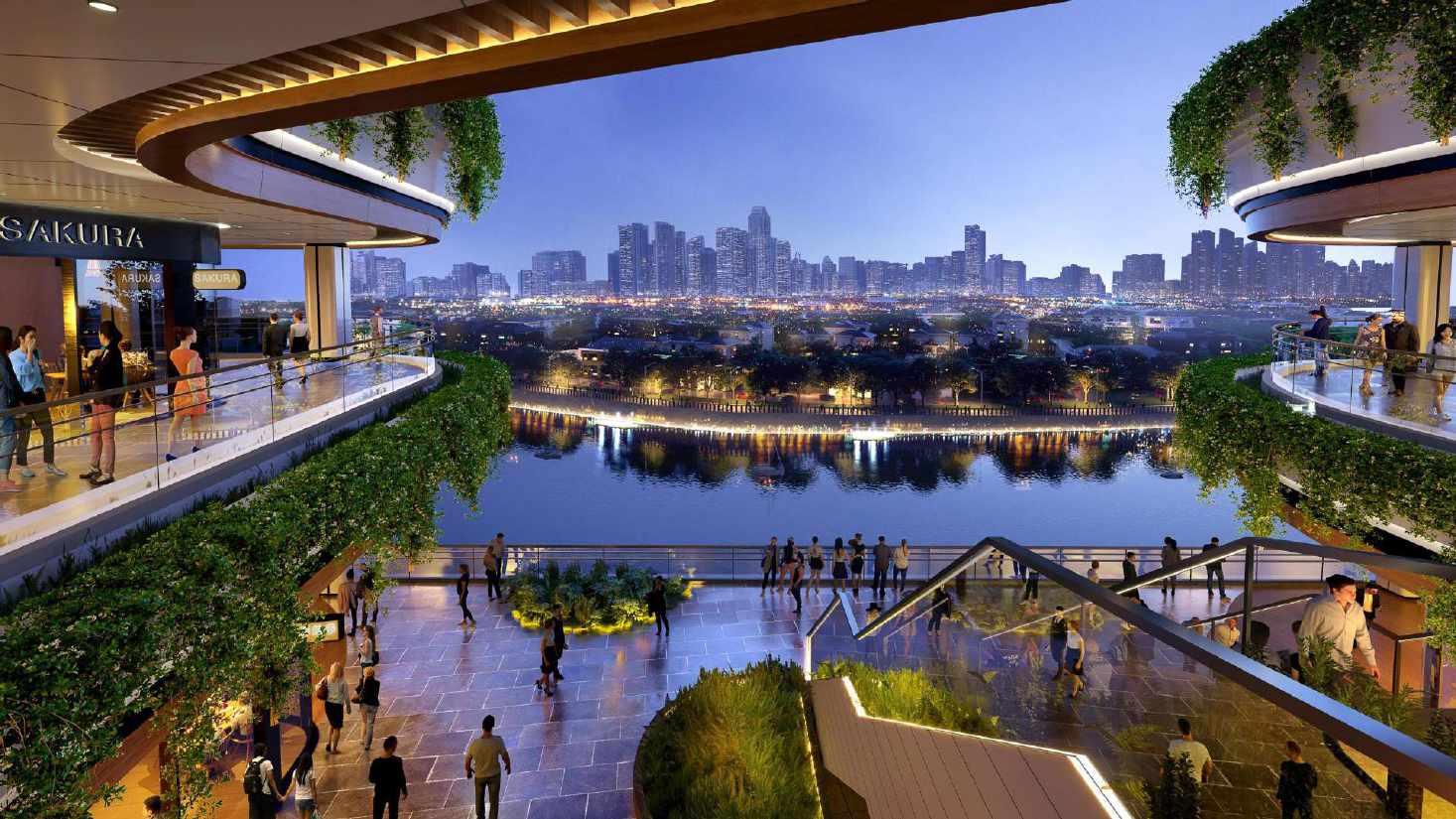
In Metro Manila, several modern condos and office spaces have adopted Japanese minimalist principles in their design.
The Observatory in Mandaluyong is a prime example of Japanese architecture. It features neutral tones, clean lines, and functional layouts for efficient living spaces. Plus, each unit has a genkan, a traditional Japanese entryway where you leave your shoes before entering your home.
Japanese-inspired condos reflect the growing popularity of minimalist and simple living, especially in urban centers where space and functionality are essential.
Find Your Own Zen Oasis
Japanese architecture has made its mark in the Philippines, harmonizing beautifully with local aesthetics and the tropical climate. From the minimalist serenity of modern condos to the historical charm of pre-war mansions, Japanese design elements bring a sense of tranquility and functionality to Filipino living spaces.
This fusion of clean lines, natural elements, and purposeful design creates homes that inspire simplicity and efficiency—perfect for those seeking peace and balance in their surroundings.
To uncover more homes crafted around a harmonious Japanese aesthetic, partner with a real estate company in the Philippines that is known for its layouts that prioritize natural light, organic materials, and sustainable methods.
One standout is the Mandaluyong condo at The Observatory, which elevates Japanese design principles with floor-to-ceiling windows, multifunctional living spaces, and resort-style amenities overlooking the city skyline. Contact us today!
